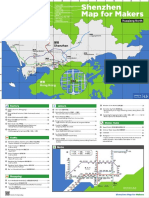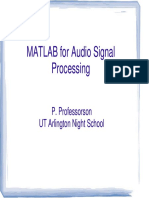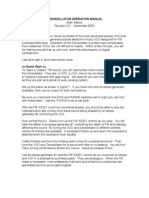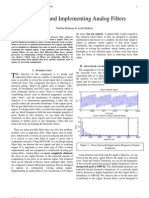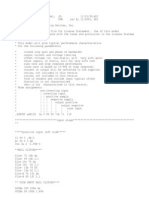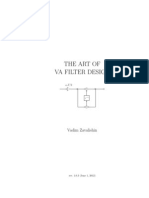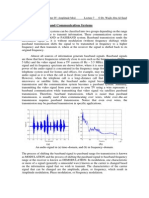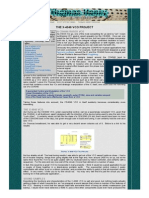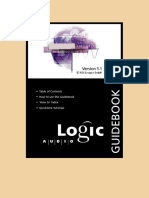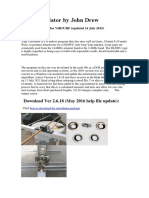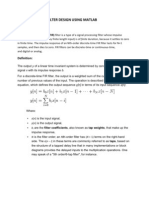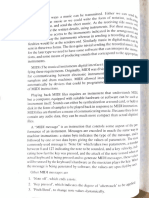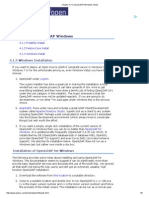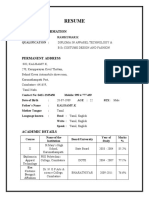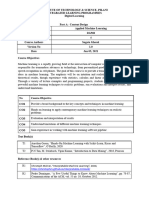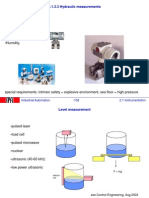0% found this document useful (0 votes)
80 views7 pagesTutorial4 MIDI
This document provides a tutorial on generating, playing back, and converting MIDI files using Python. It covers converting text to MIDI, MIDI to text, ABC notation to MIDI, and vice versa, along with necessary code snippets and library installations. Additionally, it mentions an online tool for editing MIDI files visually.
Uploaded by
nlthcloneaccCopyright
© © All Rights Reserved
We take content rights seriously. If you suspect this is your content, claim it here.
Available Formats
Download as PDF, TXT or read online on Scribd
0% found this document useful (0 votes)
80 views7 pagesTutorial4 MIDI
This document provides a tutorial on generating, playing back, and converting MIDI files using Python. It covers converting text to MIDI, MIDI to text, ABC notation to MIDI, and vice versa, along with necessary code snippets and library installations. Additionally, it mentions an online tool for editing MIDI files visually.
Uploaded by
nlthcloneaccCopyright
© © All Rights Reserved
We take content rights seriously. If you suspect this is your content, claim it here.
Available Formats
Download as PDF, TXT or read online on Scribd
/ 7

